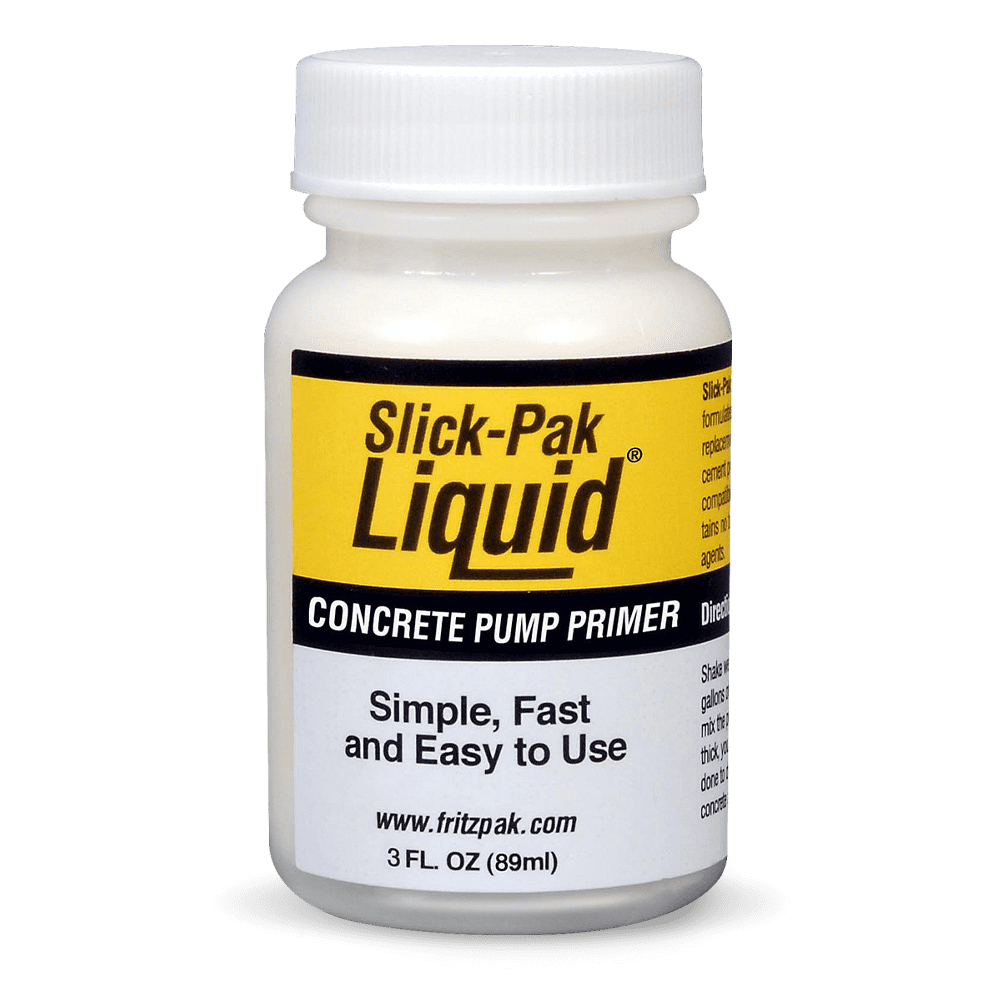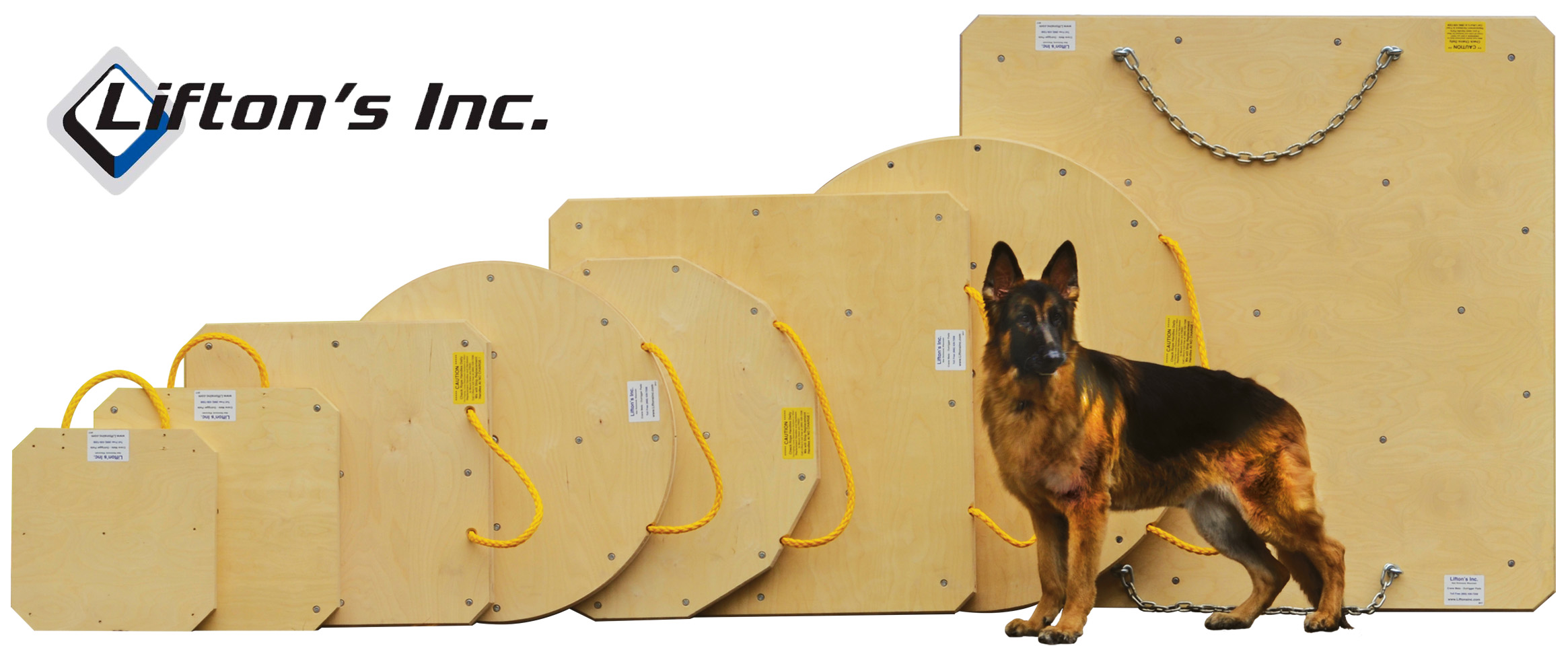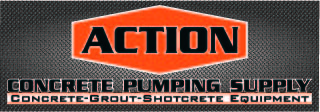Under Water Concrete Pumping
PUMPING CONCRETE UNDER WATER
Underwater pumping is not difficult, if you follow a few basic rules. If you try and shortcut these guidelines you will have trouble that could have been prevented.
Whether your pour is displacing seep water from a caisson or a large load bearing structure for a bridge the most important part of the job is communicating. Everyone involved must know the ‘who what when and where’ of the pour; to not plan the pour, then pour the plan is to fail.
Any time you are on a construction site it is dangerous. When your site includes a body of water, you have added one more dimension of risk. Always check with the appropriate regulating authority as to the requirements of items such as respirators, medical personnel, decompression chamber availability, back up divers, safety boats, etc. If it is a well planned job with all of the safety gear and procedures in place an accident may still happen; that is when your pre planning will pay off. Please do not short cut this part of your preparation.
All successful pump jobs begin with a good ‘prime’ of the placing system. Since we are pumping under water this prime will take on some additional requirements to be successful, and stay within specification.
1. All placing line, which is below the surface, or susceptible to the water’s pressure, must be grouted, “primed” in a manner by which no water is in contact with the priming material prior to the prime reaching the discharge end of the pumping system.
This rule is very important for several reasons. The first reason is that if the grout becomes too diluted it will loose its ability to lubricate the interior of the placing system. This will cause the system to become plugged; causing extra work and wasted time. The second reason for this rule is contamination of the water. The cement in the grout will be suspended in the body of water. Many times this will put a contractor and the local water authority at odds, which is not a good place to be. The next reason is visibility. If the divers can not see the work progress, or note any special embedded items or details, the slowdown in production could be the difference between a profitable day and a looser.
The correct procedure for grouting this water-filled line is to introduce two (2) sponges of appropriate diameter for the system used, to the pipe line, just above the level of the water. When the pumping begins, the material should be pumped at a slow enough rate so not as to force any grouting material past the sponges. When done correctly, the water will be displaced by the priming material without any contamination or co-mingling of the two. After the priming process is complete, the two sponges will float to the top of the water, letting you know that you have been successful.
As with all pumping, the last hopper full of grouting material should be mixed with the first of the concrete, creating a gradual transition from one material to the other.
We are now pumping concrete under water.
2. While pumping concrete under water do not allow the discharge end of the placing system to be raised above the level of the concrete being placed.
We are probably placing concrete in this application because of its strength. In order to maintain the integrity of what ever it is that we are pumping we must keep the water out of our concrete. This may sound a bit strange, in that we are after all, pouring under water. Yes, it will get wet on the outside. What we are protecting, and trying to further is the strength of the body of concrete that is not on the ‘outside’. The discharge of the concrete, once started, is only done inside the existing concrete. By keeping the discharge end of the placing system IN the concrete; we are keeping the water out. It is imperative that this be done at all times. This is what makes the difference between a structurally sound, correct pour and a pour that has been contaminated, and the strength washed away by the allowing of dilution. Once the absolute usurpation of the allowable water – cement ratio has taken place; the structure is no longer sound.
The height of the concrete within the pour, and the height of the discharge end of the pumping system must both be known quantities at all times during the pour. This may be monitored by divers, cameras, story poles or what ever means you have provided for in your pour planning. Do not fail in this very important aspect of your pour.
3. Do not ever allow any pumping boom to become overloaded at any time.
If you are using a boom pump or placing boom; land based or barge mounted, pay close attention to the potential overload conditions. When doing your calculations always anticipate that the placing system, including any system hanging off of the end of the boom to be FULL OF CONCRETE. With most underwater pumping, a crane will be required to raise and lower the extra system. Any concrete pumping boom that is attached to additional system must be attached by a flexible hose of sufficient length as to insure that it does not assume the load. The easiest visual assurance of this is to SEE a droop in the hose between the placing boom and the additional system. The concrete pump operator, and the crane operator must know, in advance, what the sequence of events will be. This pre planning must include a plan in the case of clutch failure of the crane. All personnel in the area need to be made aware of that, and any other emergency actions, that may be taken.
With proper planning, good safety program, and reliable communications an under water pour can be as easy as a day at the beach.
Written By Bob Sanderson Published by ConcretePumping.com




















.jpg)
.gif)

.jpg)








.jpg)









